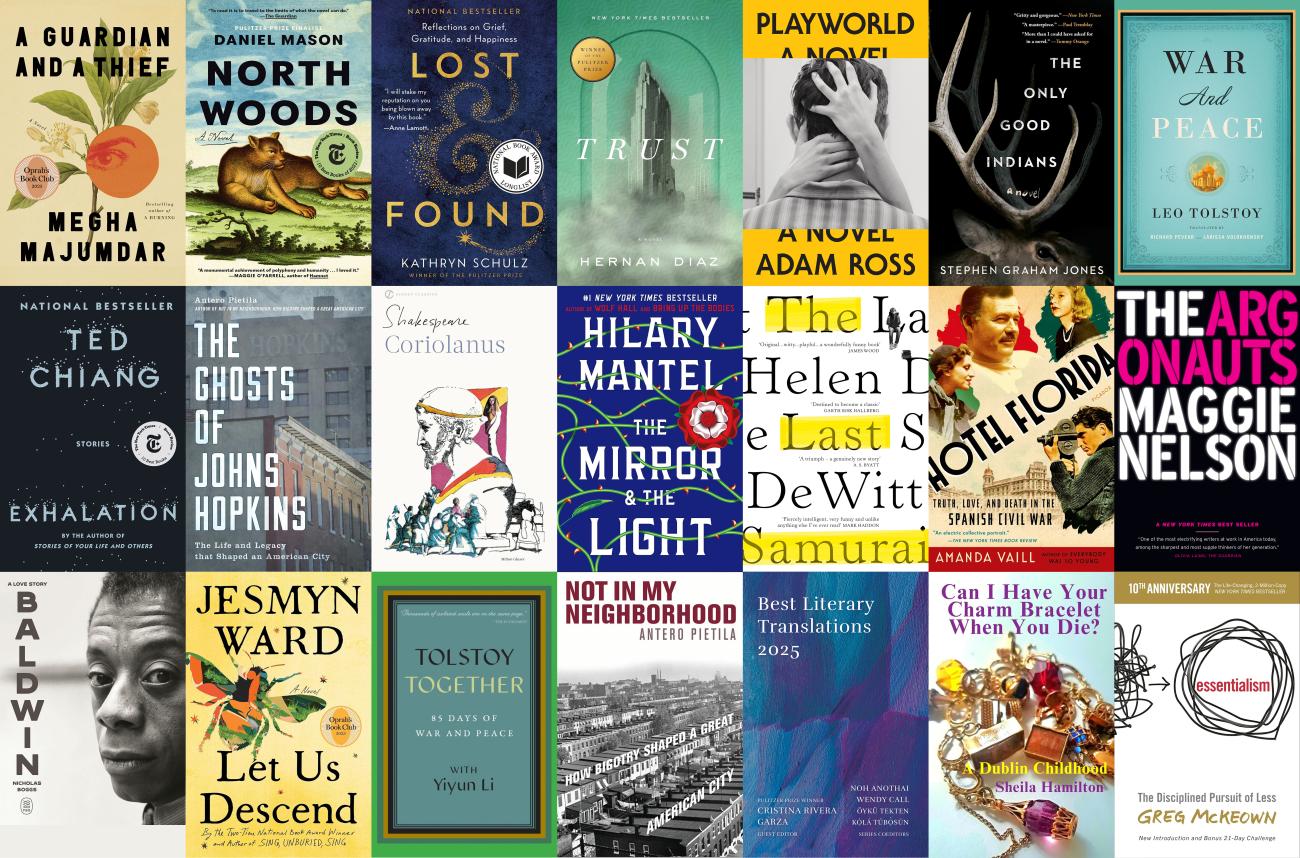- Free New Year’s Eve on the Parkway in Philly: What to Expect Visit Philadelphia
- LL Cool J, DJ Jazzy Jeff to perform at Philadelphia New Year’s Eve concert on Benjamin Franklin Parkway CBS News
- LL Cool J, who dropped out of Welcome America, to…
Category: 5. Entertainment
-
Free New Year's Eve on the Parkway in Philly: What to Expect – Visit Philadelphia
-

A tribute to Joe Ely, a connecting force in Texas music
Among friends in a neighborhood park Monday night, trying to drum up optimism and holiday cheer, my mind was elsewhere. I even blurted it out at some point, when asked how I was doing.
“Joe Ely has…
Continue Reading
-
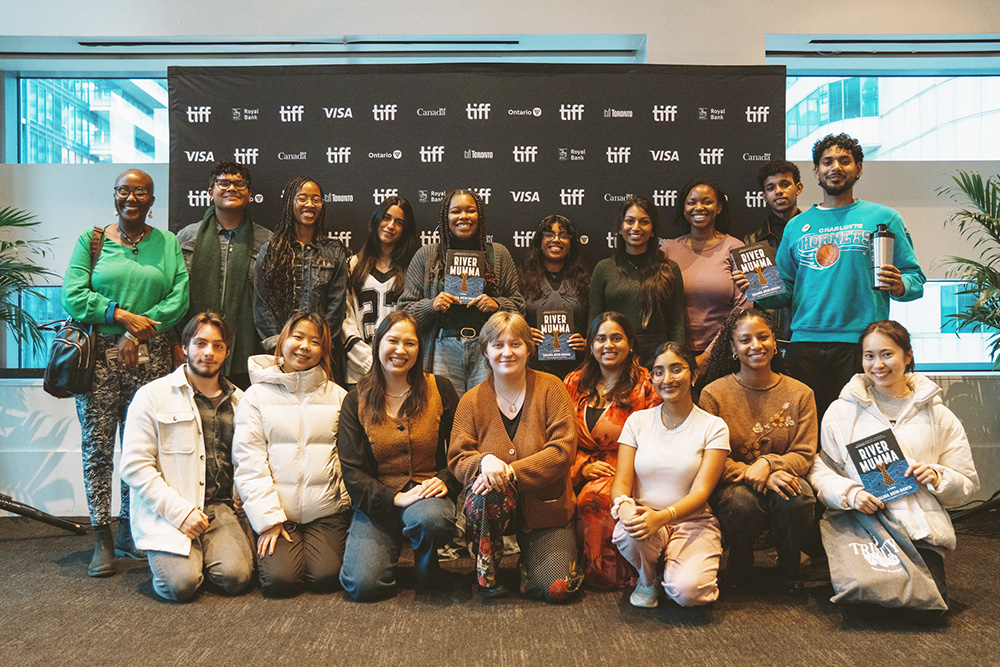
An Afternoon at TIFF with Trinity Reads and Skills For Change
By: Arlo Grzyb-Reed (Trinity Reads Student Committee – Library Liaison)
As another semester comes to an end, Trinity Reads wrapped up a term of events such as author talks, and workshops with a November 22 screening of Hayao…
Continue Reading
-

How to read a poem — Harvard Gazette
Kevin Young ’92 is the poetry editor at The New Yorker and the former director of the Smithsonian’s National Museum of African American History and Culture. He was the 2024 recipient of the Harvard Arts Medal. His most recent book is…
Continue Reading
-
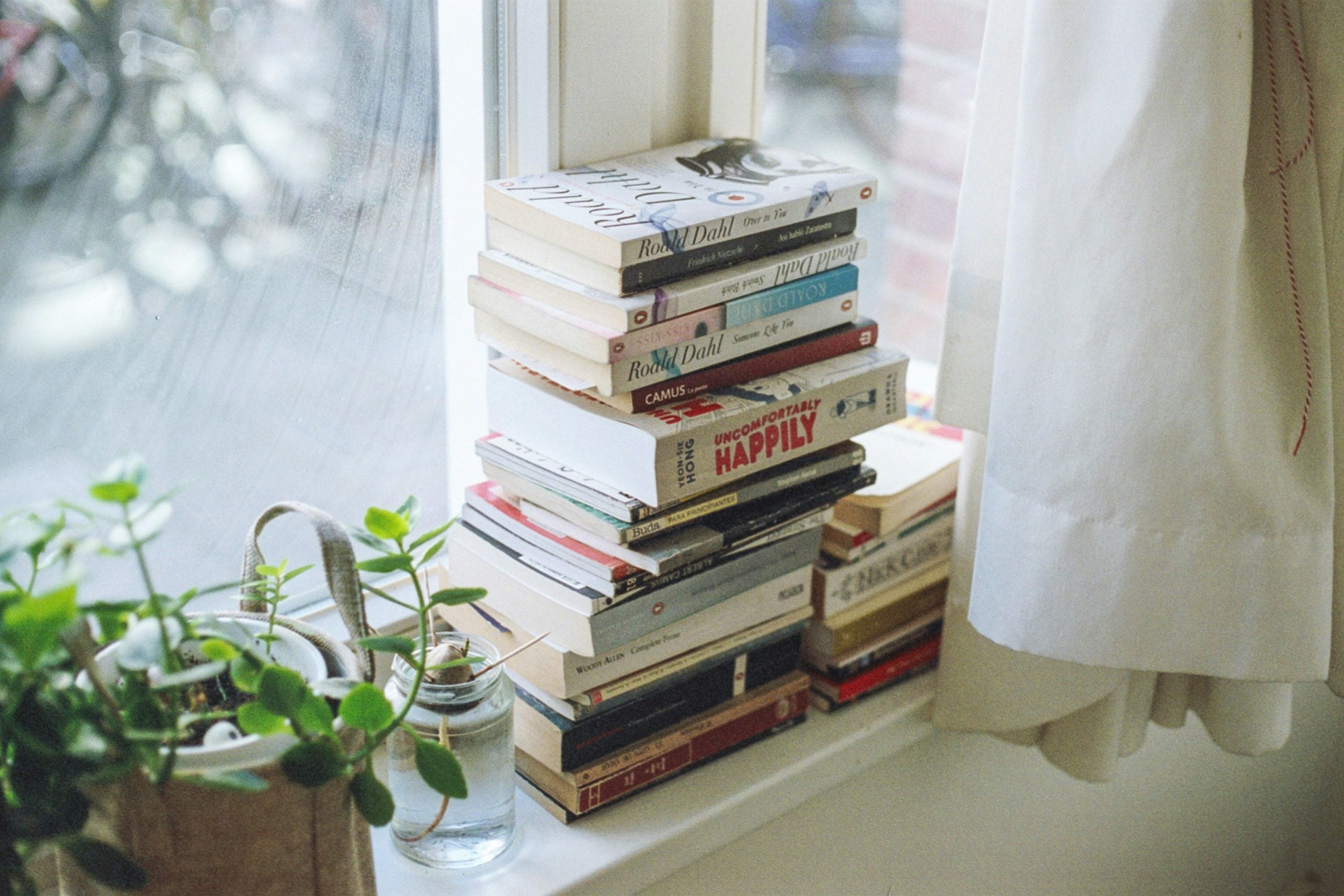
11 Books Professors Recommend (But Don’t Require) You Read This Winter
The Loneliness of Sonia and Sunny
by Kiran Desai
“I think many of our students could identify with aspects of the main characters in The Loneliness of Sonia and Sunny by Kiran Desai. The novel opens on a college campus in…
Continue Reading
-
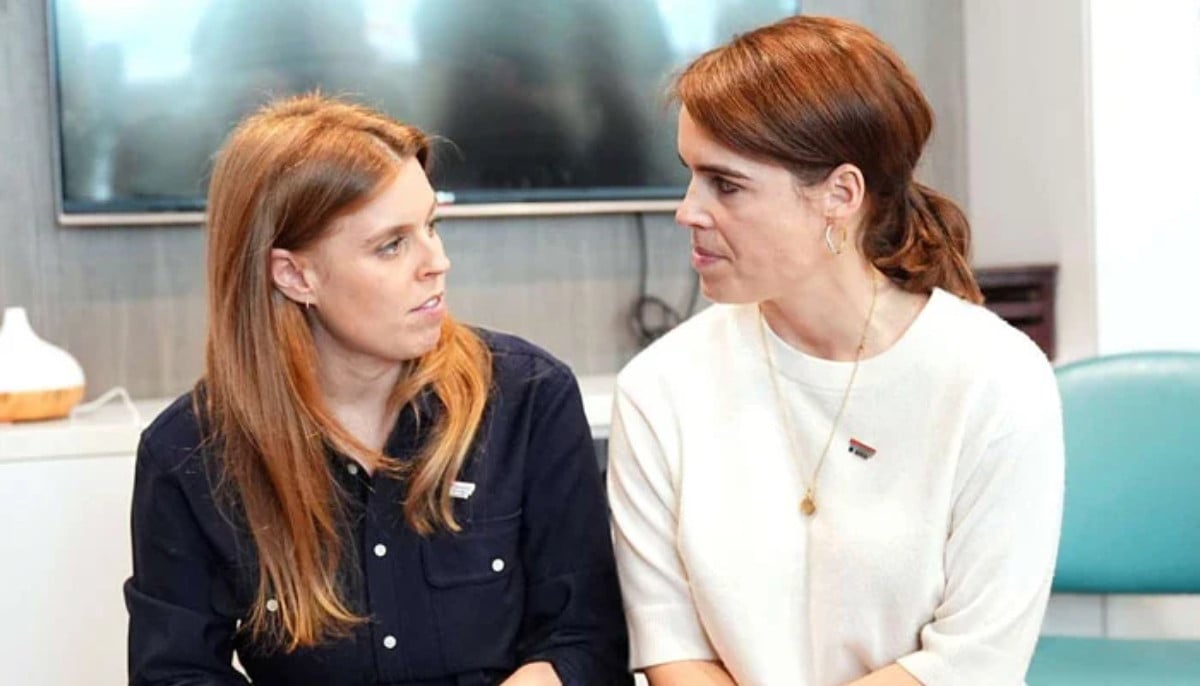
Princess Beatrice, Princess Eugenie arrive at Palace Christmas lunch
Princess Beatrice and Princess Eugenie were spotted entering the Palace…
Continue Reading
-
Harbor Lights Tour at Nauticus
Nov. 28-29, Dec. 5-6, 12-13, & 19-20
6PM & 7PM
Enjoy two festive adventures in one night! Take a 30-minute cruise aboard the Victory Rover for stunning views of the Battleship Wisconsin and downtown Norfolk glowing with holiday…
Continue Reading
-
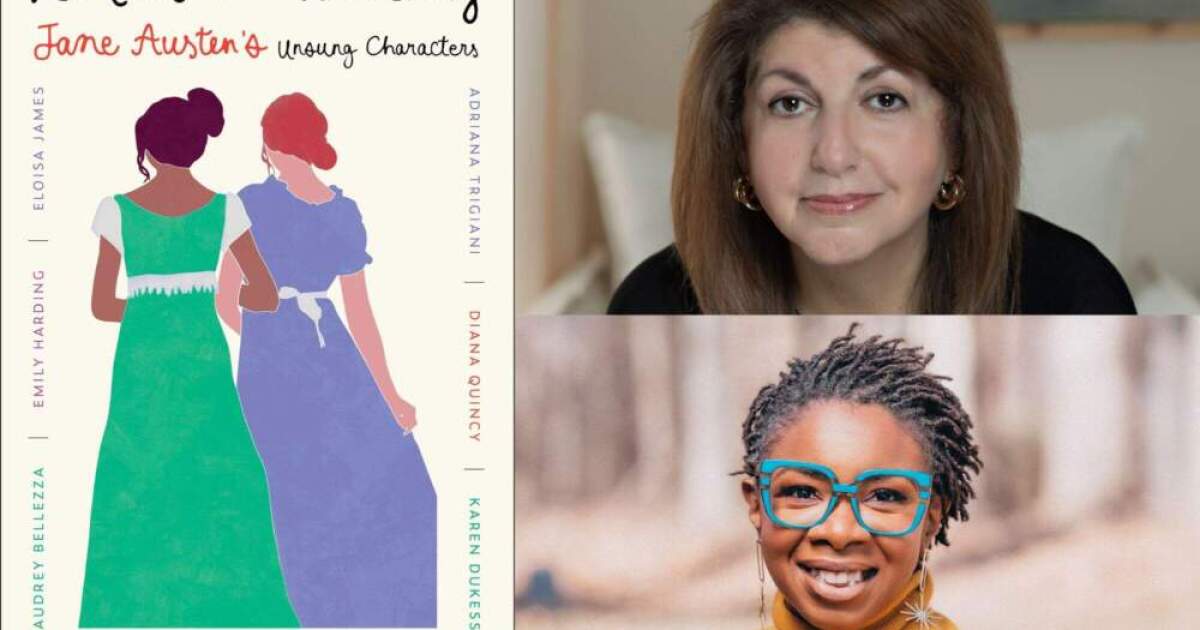
Romance authors celebrate Jane Austen’s literary legacy on her 250th birthday
Here & Now‘s Robin Young celebrates Jane Austen’s 250th birthday with Diana Quincy and Nikki Payne, two romance authors who contributed to the new book “Ladies In Waiting: Jane Austen’s Unsung…
Continue Reading
-

2025 Fan Destinations You Had to See — Spotify
2025 Wrapped arrived last week bigger and bolder than ever. This year’s experience is designed to be ultra personal and shareable, with new features like Wrapped Party, Clubs, Fan…
Continue Reading
